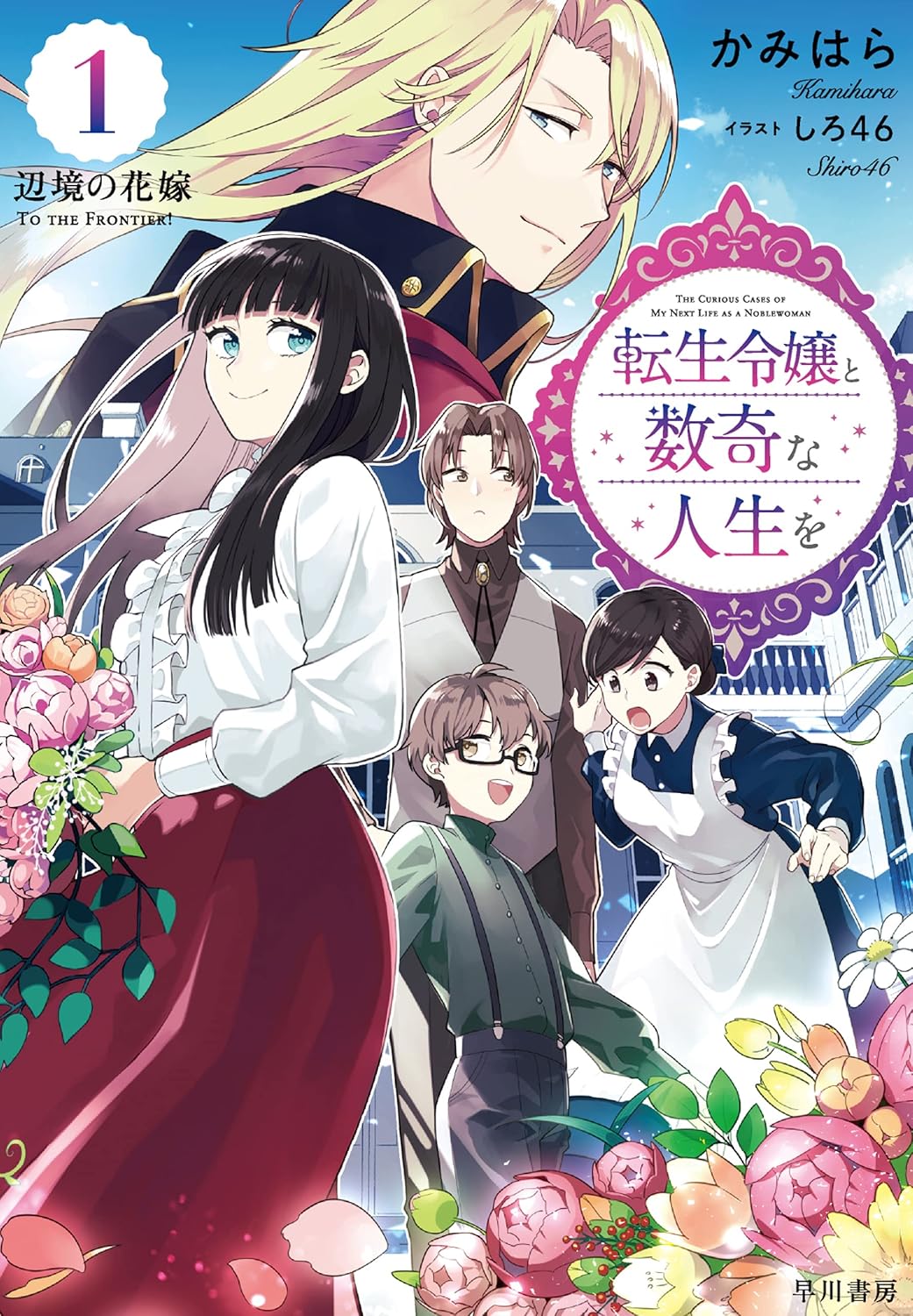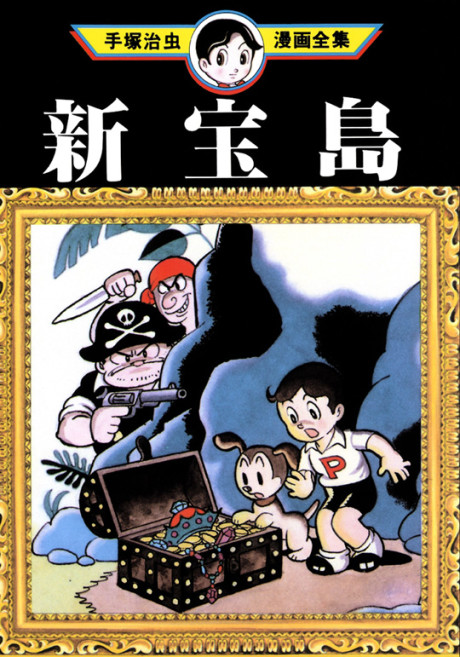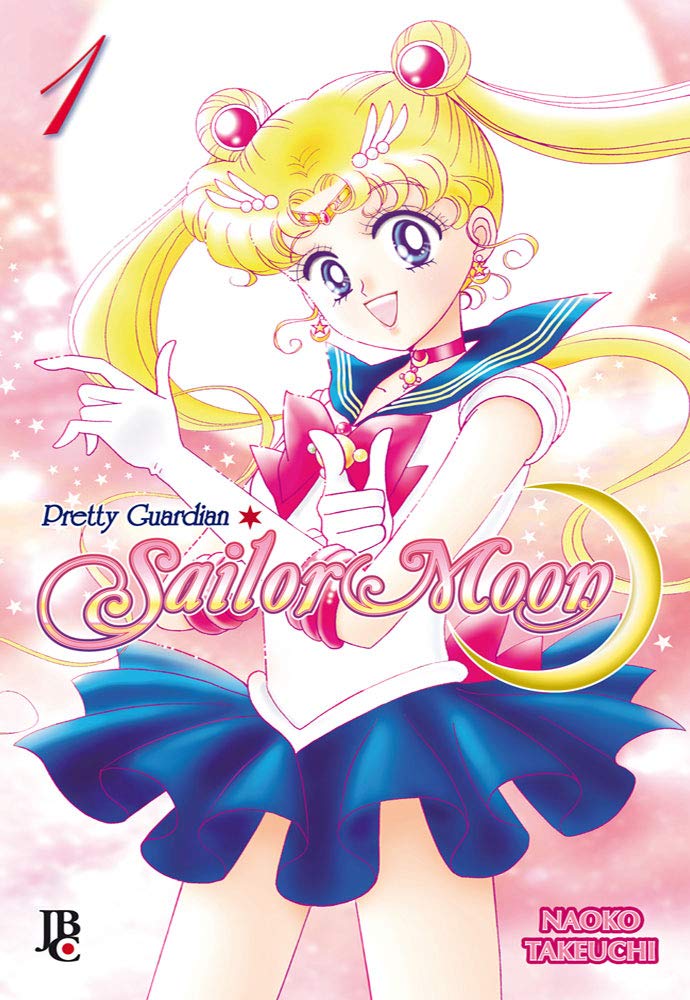Sunday is usually my quietest day at Anime NYC, usually because I need to leave with enough time to get home before it gets too late. (Which is why I missed the Loner Life in Another world premiere, sorry, Haruka, I hope you were super annoying). I had two panels to cover, though, starting with one that is always a favorite, J-Novel Club! Sam Pinansky was nice enough to explain that the timing of this particular convention means that they had fewer titles than usual to announce, as they usually announce 8-9 titles every two months, and this falls into the gap. Joining him was Madison Salters, their business director.
Before we got to the announcements, though, there was a recap of the first J-Novel Club Original Light Novel Contest, which had a grand prize of 10,000 dollars, and in addition to the JN-C staff had, as one of the judges, Saga of Tanya the Evil author Carlo Zen. Generally speaking, the ones that got a prize (who were announced at AX) were the ones who recognized how to hew close to the spirit of what “light novel” means these days, gliding along the paths while making everything interesting. The grand prize winner was ATLAS: Her, the Combatant and Him, the Hero, by John W. Rohman. It impressed Carlo Zen so much that he lobbied a publisher to have it translated and released in Japan!
They also announced there will be a second contest, which, after gaining experience from the first one, will be divided into two categories. The first is books that work well as a stand alone, that feel complete in one volume, even if there may be a sequel hint. The second category is books that are clearly part of an ongoing series, and leave plot threads dangling by the end of the book. The word count for the second category is deliberately shorter, as they also ask the contest entry to have 10,000 words with a detailed plot breakdown of how the series will go and descriptions of the major characters. The submission form will be on J-Novel Club’s website starting in September.
We then got to the announcements. The biggest for me, which means that I’m moving it to be first, is The Trials and Tribulations of My Next Life as a Noblewoman (Tensei Reijou to Suki na Jinsei wo). This one has a LOT of buzz from LN readers – it was in the top 10 of the Kono Light Novel ga Sugoi! lists, some fans call it “josei Game of Thrones”, and its volumes are bricks – in fact, the volumes are so long Sam is asking the publisher (Hayakawa, who normally do science fiction, so this, like JK Haru, is outside their wheelhouse) to divide future books in two. Karen is reincarnated as a noble, living the easy life. Then she’s banished! Now she’s scrounging as a commoner. But then she’s brought back into the family! Except she has to choose between suspicious marriage #1 and suspicious marriage #2. Apparently twists and turns are this book’s bread and butter. Don’t let the simple, generic title fool you.
The actual first announcement was From Villainess to Healer: I Know the Cheat to Change My Fate (Kaifukushoku no Akuyaku Reijō). This is just the manga for now, though stay tuned regarding the light novel. It’s another girl with dark magic whose engagement is broken. Her ex wants to marry a healer. So she changes classes to become a healer… and goes off on adventures. Because who wants to deal with her loser ex anyway? The Dorky NPC Mercenary Knows His Place (Kimo Ota Mob Yōhei wa, Mi no Hodo o Wakimaeru) is a sci-fi series (and Sam begged readers to buy more SF, as they don’t sell nearly as well as the fantasy isekai stuff) about a merc who is familiar with how stories go, and knows he doesn’t want to be a hero of any story. He wants to be “space pilot #6” in the credits. Unfortunately… he keeps attracting gorgeous women! This is apparently more of a deconstruction.
Lastly, we have Dimension Wave, from the author of The Rising of the Shield Hero. This one is lighter in tone than Shield Hero, and apparently is what the author writes when they want to take a break. A young man decides to join his sisters in playing in a popular game where you can live years in just 24 hours. But he’s tricked, and now he’s in the game as a girl. With a name that’s totally cringe. Oh well, I’m sure he’ll do fine as long as he finds enough wacky, eccentric characters to hang out with. This seems to be fluffier and hopefully a bit less edgelord than Shield Hero.
I then attended my final panel of the day, A History of Manga by Decade. The moderator was Jillian Rudes, the panelists were Erica Friedman and Zack Davisson. The panel was designed in part to promote a new book coming out, Manga: A Visual History. Coming out next year, it’s a big coffee table book that covers manga’s entire history, though Zack and Erica start with the 1940s for the purposes off this panel. The authors are Frederik Schodt, Rachel Thorn, Zack, Erica, and Jonathan Clements. They talked about how it was a commissioned book – the publisher wanted the book, then found writers, rather than the writers shopping a book to a publisher.
The authors were assigned titles. Sometimes this means they got a series they didn’t like, and they grew to like it, such as Zack with Initial D. Sometimes they ended up hating it even MORE, like Erica with a series she refused to name. The series it’s part of is very regimented, so they had to deal with word counts, sidebars, having your sidebars rejected, etc. It’s definitely a book that you might get for a family member who wants to know what the fuss is all about with this manga stuff. For this panel, they took a decade and Zack and Erica each picked one title they felt exemplified that decade.
In the 1940s, Zack’s book was Shin Takarajima, aka New Treasure Island, the first manga drawn by Osamu Tezuka. Tezuka is the manga who created so much of what we now think of as the manga style. He made manga feel like a film. This was one of the first manga that was a story, rather than a collection of gags or bits. Erica chose Sazae-san, by Machiko Hasegawa. One of the most iconic manga in all of Japan, even people who have no idea what manga or anime is know and have read Sazae-san at some point. It’s a simple daily life of a woman and her family, and she’s described by Erica as a “little feminist”.
For the 1950s, they both picked Tezuka, though not the same title. Erica’s choice was Jungle Taitei, aka Kimba the White Lion, one of the first of Tezuka’s series to really hammer on environmental issues, which he championed his whole life. It was also the inspiration for the famous anime… and yes, also the inspiration for The Lion King, Disney’s 1990s musical which changed the landscape of animated movies. Zack’s choice was Tetsuwan Atom, aka Astro Boy, the ultimate “robot boy with real human emotions” story, which also spawned a legendary anime, as well as the modern retelling Pluto by Naoki Urasawa. It’s not about robots, it’s about people – and about class structure, with the differences between the rich and the poor really showing.
For the 1960s, Zack chose (we all knew this was coming) Gegege no Kitaro, by Shigeru Mizuki. If you ask who was the most influential manga artist who wasn’t Osamu Tezuka, Shigeru Mizuki is the obvious answer. He wrote in the days of “rental manga”, cheaply made and printed, and also grubbier and more punk. The yokai genre, and really any manga series with a monster in it at all, would be noting without him. Speaking of genre defining, Erica picked Cyborg 009, by Shotaro Ishinomori. Ishinomori is known as the father of “sentai” shows, and this was an early example, with nine people being experimented on and then fighting back. It’s the first superhero team manga.
Time for the 1970s, and here again the answer was obvious for Erica, who picked The Rose of Versailles, by Riyoko Ikeda. Summed up as “the greatest shoujo manga epic ever”, this story of Marie Antoinette and “Lady Oscar”, the captain of the royal guard, allowed Ikeda to show readers revolution and popular uprising within a manga supposedly for young girls to read. And young girls definitely read it – and loved it. Zack chose Harenchi Gakuen, aka Shameless School, by Go Nagai. Nagai is better known for his giant robot and mecha titles, as well as the titillating Cutey Honey, but Shameless School went beyond titillating. A scandalous sensation at the time, parents of Weekly Shonen Jump readers demanded it be toned down. Instead, they made it worse. A comedy high school series filled with enough lechery that Ataru Moroboshi would blush, this one is still probably too hot to be licensed in North America.
Both Erica and Zack agreed on the author in the 1980s, but once again had two different series. Zack chose Maison Ikkoku, by Rumiko Takahashi, which he describes as a perfect love story that still makes him swoon when he reads it. It’s Takahashi making an effort to be realistic, despite including her signature funny and incredibly annoying characters (including the leads). Erica also picked Takahashi, but her choice was Ranma 1/2. She pointed out that Takahashi excelled at writing romance manga that was also really funny, and also in giving the reader exactly what they wanted. Ranma was also a breakout hit in the West, one of the most influential series in terms of gathering fans. (including myself – I got into anime as a major fan via Ranma.)
Erica once again has a really obvious choice for the 1990s: Bishoujo Senshi Sailor Moon by Naoko Takeuchi. This series had magical girls that *everyone* could identify with, not just young girls. It changed the way that people saw anime. Zack’s choice was one I wasn’t expecting, but makes sense: Monster, by Naoki Urasawa. Any number of Urasawa titles could be picked, including the 80s-90s hit Yawara – the Fashional Judo Girl. But Monster was really amazing, a deep, literary work that forced the medium to move to the next level.
If you thought Zack’s 1990s title was a surprise, wait till his 2000s title: Dārin wa Gaikokujin, aka My Husband Is a Foreigner, by Saori Oguri. Zack identifies hard with this title for personal reasons, but it’s also a great example of the biographical manga format that was springing up at this time, with a wife who can’t stop finding weird things about her foreign husband. Erica’s pick is Yokohama Kaidashi Kikou, by Hitoshi Ashinano, a melancholic yet also peaceful and relaxing look at a world that is slowly dying and the android Alpha who can still find joys in it even as life moves on around her. A gorgeous title, that Zack said he has not read but he now plans to.
For the 2010s, Erica chose Shimanami Tasogare, aka Our Dreams at Dusk, by Yuhki Kamatani. Not only is the art in this series absolutely jaw-dropping, but the cast features a variety of LGBTQ people – young, old, gay, lesbian, asexual, agender, and trans. It’s groundbreaking. Zack’s choice was I Am A Hero, by Kengo Hanazawa – a choice that, for once, Erica did NOT agree with. Zack admits that the manga has its problems, and may not be one of the best, but it’s also a zombie story where the first zombie doesn’t appear for two hundred pages. Zack, who has worked for Marvel Comics, appreciates a slow build title that allows the story to grow and does not need to have a plot point on every page.
Finally, we get the 2020s, and Erica picks She Loves to Cook and She Loves to Eat, a queer manga by a queer creator published by a major publisher about women falling in love and eating some really delicious food. It’s a sign of how far the manga industry has come that this has been a huge success. Zack chooses Akane-banashi, a Weekly Shonen Jump title that he and Erica both love. It’s about the Japanese storytelling art of Rakugo, and is refreshing for having no romance in it, but instead being about a young woman’s passion for the craft and art of its subject.
This panel was so packed it left little time for Q&A, and I had to leave to go catch my train. It was a lovely end to an excellent Anime NYC, though, which felt well-organized and lacked any major issues that I noticed. One of the best conventions in North America right now.


